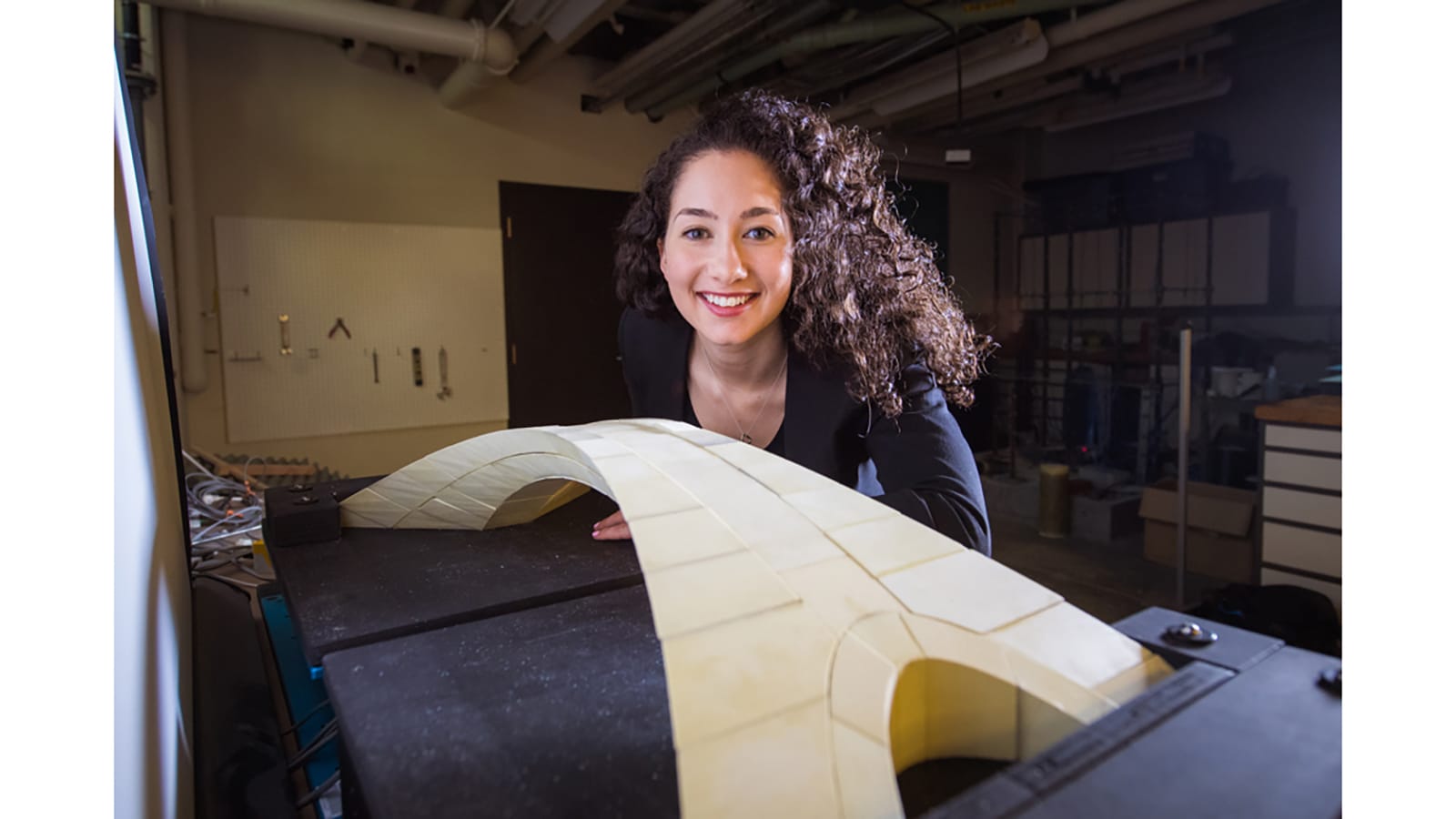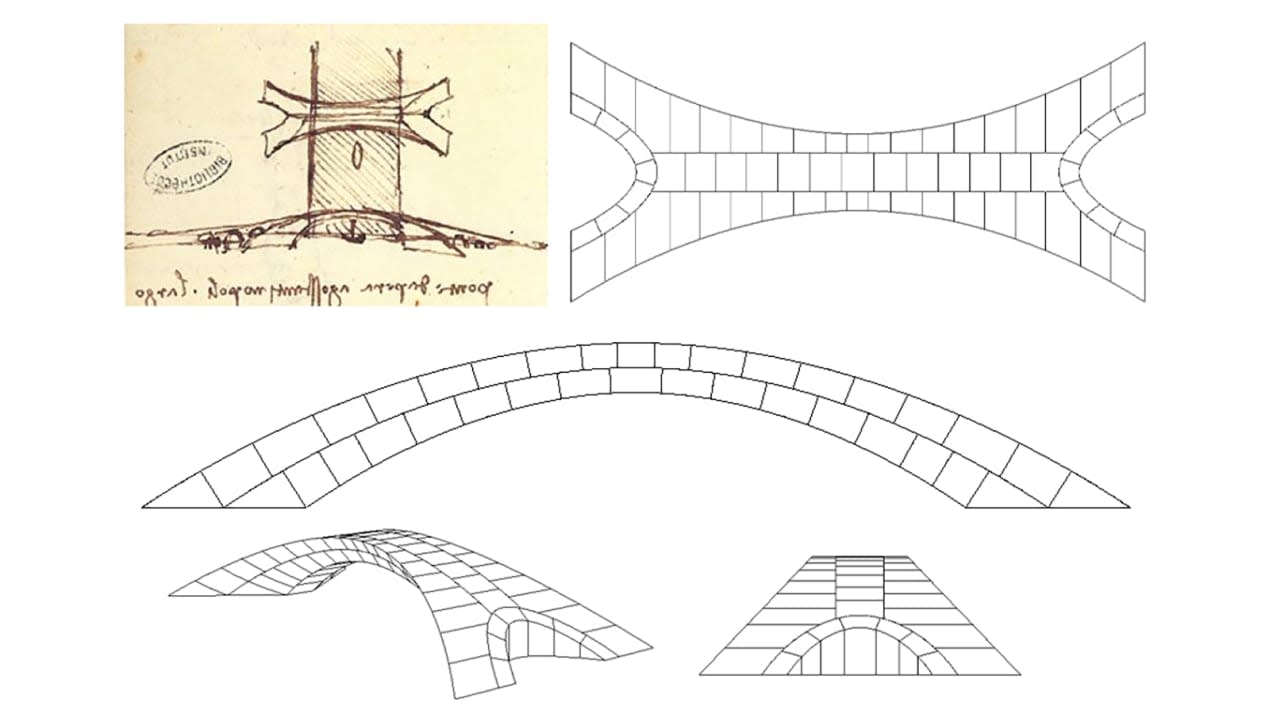دبي، الإمارات العربية المتحدة (CNN) -- في عام 1502، رسم المخترع الشهير، ليوناردو دافنشي، تصميماً لما كان من الممكن أن يكون أطول جسر بالعالم في ذلك الوقت، (280 متراً).
ورغم أن الجسر لم يبن قط، إلا أن المهندسين في معهد ماساتشوستس للتكنولوجيا، قد امتحنوا التصميم ليروا إن كان من الممكن أن يعمل.
وقدمت المجموعة نتائج بحثها، الأسبوع الماضي، في مؤتمر "The International Association for Shell and Spatial Structures"، ببرشلونا، في اسبانيا، بحسب بيان صادر عن معهد ماساتشوستس للتكنولوجيا.
متى صمم الجسر؟
وقدم دافينشي تصميم الجسر عندما طلب سلطان الإميراطورية العثمانية بايزيد الثاني رسم تصاميم للجسور التي من الممكن لها أن تمتد على القرن الذهبي الذي يفرق بين إسطنبول وغلطة في تركيا.
ولم يقع الاختيار على تصميم دافنشي آنذاك، ولكن المهندسين درسوا التصميم والمواد التي كانت متوفرة في ذلك الوقت، وبنوا تصميماً لدراسة قدرة احتمال الجسر وكيفة تفاعله مع الظروف المختلفة.

نجاح التصميم
وفي ذلك الوقت، كان من الممكن للتصميم أن يكون جديداً، مقارنة بتصاميم الأقواس شبه الدائرية، فقد احتاجت الأقواس إلى ركائز لتثبيت الجسر، ولكن دافنشي اقترح قوساً مسطحاً، يسمح ارتفاعه بمرور السفن تحته ومع ذلك يملك تقوصاً يسمح للناس بقطع المسافة بين المنطقتين.
وقالت كارلي باست وهي خريجة من المعهد، إن المشروع "طموح للغاية"، كما أنه يعتبر أطول بعشر مرات من الجسور الطبيعية في ذلك الوقت. وأشار بروفيسور الهندسة المعمارية في المعهد، جون أتشسيندورف، إلى أن التصميم كان "متطوراً هندسياً"، ويتمتع بانحناء وبعد ثلاثي أكبر من الجسور المقوسة النموذجية.
ولحماية الجسر وتثبيته عند وقوع الهزات الأرضية، أراد دافنشي أن تنتشر داعمات الجسر على طرفي القوس إلى الخارج.
وفي ذلك الوقت، كان الحجر هو المادة الأولية المستخدمة لبناء جسر بهذا الطول لأن الخشب أو الطوب لم يكن عملياً.
وقال أتشسيندورف ، إنه إذا تم بناء الجسر اليوم فمن المحتمل أن يكون مصنوعاً من الصلب أو الخرسانة، ولكن الباحثين أرادوا معرفة ما إذا كان التصميم قابلاً للتطبيق وقت إنشائه.

